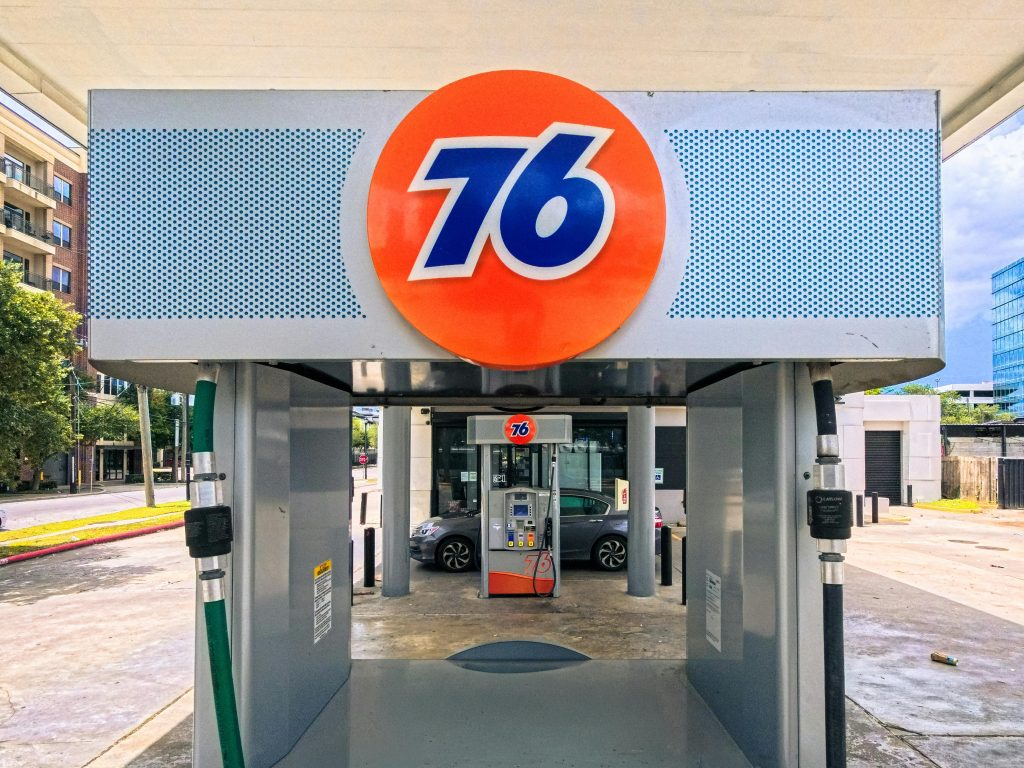Building business credit is a step-by-step process. Many entrepreneurs make the mistake of rushing ahead, but the truth is: you should only apply for Tier 2 vendors once your Tier 1 accounts are reporting and your PAYDEX score is established.
✅ Step 1: Complete Tier 1 First
Tier 1 vendors like Grainger, Uline, and Nav are the foundation. They’re called “starter vendors” because they are the easiest to get approved for, require no personal guarantee (no PG), and report to the major business credit bureaus.
👉 If you haven’t started yet, check out my full guide:
3 Proven Tier 1 Net 30 Vendors to Start Building Business Credit (No PG)
Before moving forward, confirm that:
- Your Tier 1 vendors are reporting to Dun & Bradstreet (D&B) and Experian.
- Your PAYDEX score is 75–80 or higher (which reflects consistent on-time or early payments).
✅ Step 2: Move Into Tier 2 Vendors
Once you have that solid foundation, you can graduate to Tier 2 vendors. These accounts often provide higher limits and are more widely recognized by lenders — but they require proof that your business is creditworthy.
Typical Tier 2 vendors include:
- Gas & Fleet Cards: Conoco Fleet, Sunoco Fleet, Texaco, Shell Fleet
- Store Cards: Sam’s Club Business Credit Card (regular), Office Depot, Staples Business Account
- Home Improvement Stores: Floor & Decor, Home Depot, Lowe’s Business Account
These cards not only help build your profile further but also provide practical benefits — fuel for business vehicles, supplies for operations, and inventory for scaling.
✅ Step 3: Use Responsibly
Tier 2 accounts come with higher limits, which means they can boost your credit utilization ratio in a positive way. However, just like with Tier 1:
- Always pay on time (preferably early).
- Keep balances low relative to limits.
- Continue monitoring your business credit reports for accuracy.
🔑 Bottom Line
Tier 2 vendors should only be used after Tier 1 vendors are reporting and your D&B PAYDEX score is 75–80. Skipping ahead too soon can result in denials, wasted inquiries, and a stalled business credit journey.
I’ve personally built business credit for three businesses using this exact blueprint. Once Tier 2 vendors start reporting, you’ll be ready to move into Tier 3 — major credit cards, store revolving accounts, and eventually bank financing.
👉 Stay tuned to The SFields Group Blog for my recommended Tier 3 vendor list with application strategies.


Leave a Reply